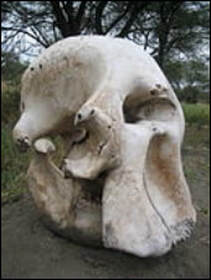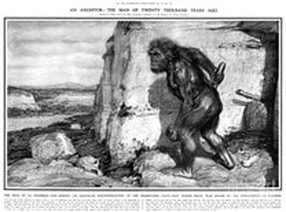A few years back, I was standing behind a table stacked with my books at an arts and crafts festival when something magical happened. A woman who was walking by stopped, put her finger on one of my books, and said that she wished she could meet the author. When I told her that was me, she came around the table, hugged me, and declared that my book was the best one she'd ever read. She told me that if everyone in the world read my book, there would be no more war. The book she was referring to was Swan Song, which has since been revised and reissued with a new cover and the new title of The Last Song of the Swan.Let me tell you right now that this kind of thing doesn't happen very often to me. For everyone who likes one of my books, there's someone else who hated it. This particular title is the one that really polarizes people.
The big idea in The Last Song of the Swan is how we determine who is "US" and how we exclude those who aren't. The story is a dual narrative. One thread takes place in Albuquerque a decade ago. The other thread takes place in what is now Denmark during the last Ice Age. Despite the differences in place and time, the question of who belongs and who doesn't remains the same.
Us vs. Them is an old problem. We determine who is us and who is them in a number of ways, religion, language, color of skin or hair or eye, nationality, regionality, sex: they all can serve to separate or unite us as we choose. Lately, at least in America, the biggest lines have been drawn between people of color and between political parties. It's gotten ugly.
But this ugliness is not new. I was teaching English as a Second Language back in 2011 when Osama bin Laden was killed. and the wave of patriotism that swept the nation also swept my school. Some of that wave was lovely. Other aspects were not. Some of my students received nasty anonymous notes in their lockers, telling them to go home. Some got spat on in the halls. The crazy thing is, not all of these students were even Arabic or Muslim. They just looked different, foreign and were therefore part of them and not included in us.
 https://www.focusonthefamily.com/pro-life/teaching-your-kids-about-racial-harmony/
https://www.focusonthefamily.com/pro-life/teaching-your-kids-about-racial-harmony/
In the January 9, 2016 edition of The Wall Street Journal, columnist Robert M. Sapolsky reported on the results of a neuroimaging study of responses in our brains to faces of different races. The study, by Eva Telzer of the University of Illinois and written in the Journal of Neuroscience in 2013, uncovered a result they called "other-race effect, or ORE. When we see faces different than our own, within a tenth of a second our brain activates the amygdala, a brain region that produces fear and anxiety. When this happens there is less activation of the fusiform, a part of the brain that helps us recognize individuals, read their expressions, and make inferences about their internal state. Our brains are wired to see them as a group and us as individuals.
The good news in this study was that children who saw lots of different faces very early in life did not have as big an ORE response. But by early, the study meant really early. If we want children to not grow up with racist tendencies, we must lay the building blocks long before they learn about King's I Have a Dream speech in kindergarten or even learn the word equality.











